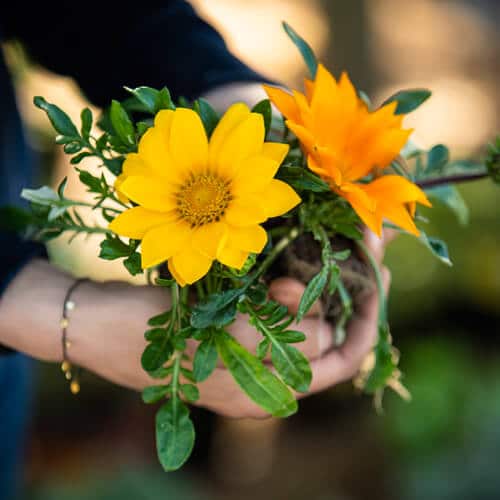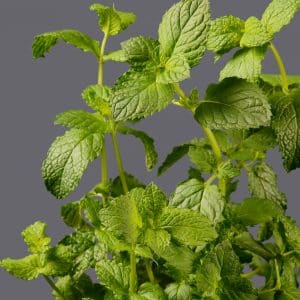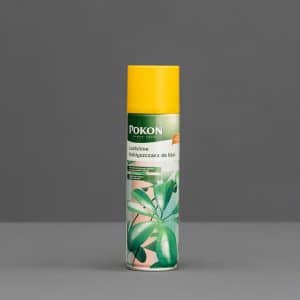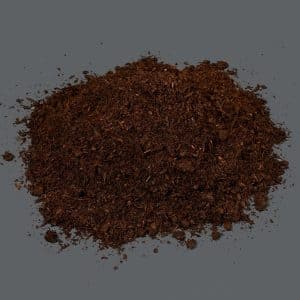Great plants for coastal gardens
DIY and how-to

Great Plants for Coastal Gardens
Gardens next to the coast pose a unique set of challenges, but by choosing the right plants, you can garden very successfully in these conditions. The main issues confronting those with gardens close to the sea are strong winds, salty air and sandy soils. Here are some ideas for plants that deal well with each of these conditions.
Plants for strong winds
Look for evergreen trees and shrubs with thick, hard, glossy leaves or needle-like foliage, which is less likely to get damaged in the wind. It’s a good idea to establish a wind break on the boundaries of your garden where the most wind comes from. When choosing boundry trees look for those varieties that are extremely wind resistant such as wild olive and white milkwood. Other plants that also cope well in strong winds are proteas, aloes, wild rosemary, white bristle bush, rhus crenata (dune crowberry) and pittosporum crassifolium.
Dealing with sandy soils
Incorporate some compost into your soil and you should have success with most indigenous plants. Look particularly for plants with tough, leathery foliage or needle-like leaves. Keep the soil moist by incorporating moisture-retaining granules in garden beds and pots, and mulch beds with stones or bark chips. For shrubs that grow well in sandy soils, try gousblom, gazania, plumbago, peacock flower and scabiosa.
Salt-resistant plants
The salty air in coastal areas can give certain plants salt burn, so it’s important to choose your plants wisely. Look for plants with hairy leaves as the hairs help to keep the salt away from the leaf surface. Shrubs with waxy, shiny looking leaves are also less susceptible to salt burn. Examples of trees and shrubs that cope well in salty air are brachylaena discolor (coastal silver oak), wild plum, salt and pepper tree, camphor bush, bottlebrush, lavender, plectranthus and osteospermum.
You might also like
Shop online
-
COMPOST 15DM
- R21.99
- Add to cart Learn More
-
- Sale!
DACHSHUND JUNIOR 1.5KG
- Original price was: R304.99.R243.99Current price is: R243.99.
- Add to cart Learn More




